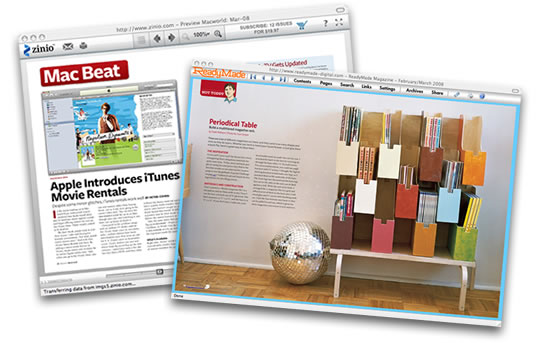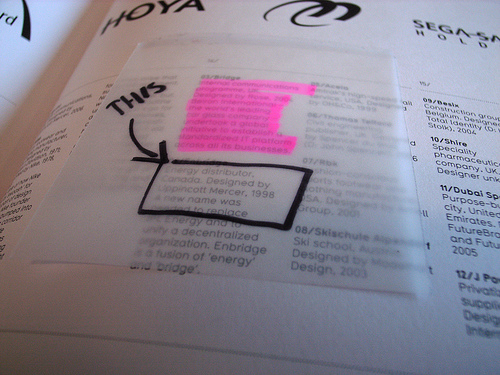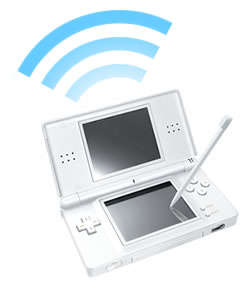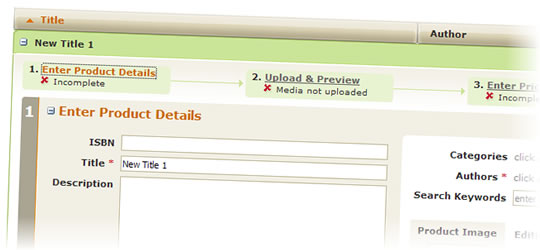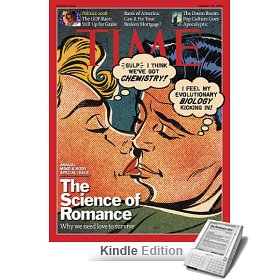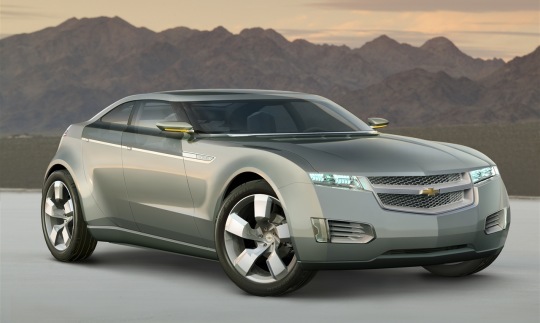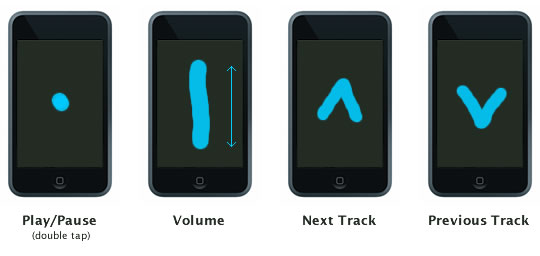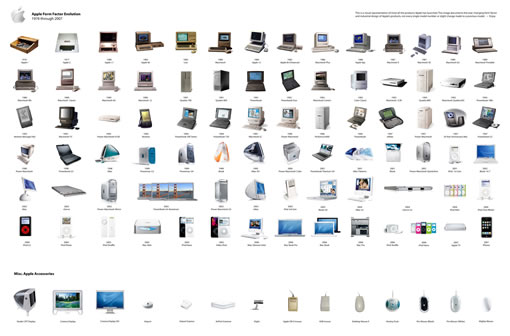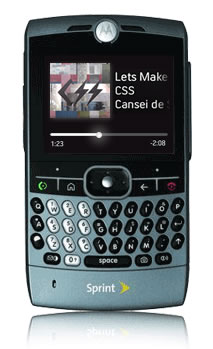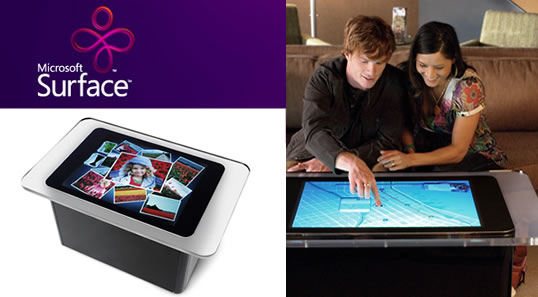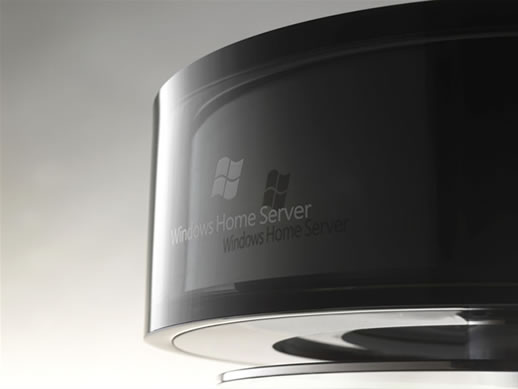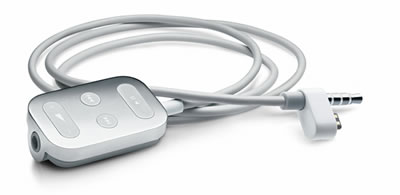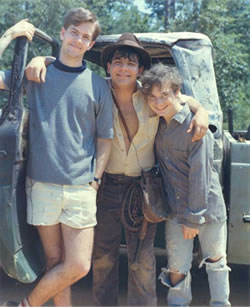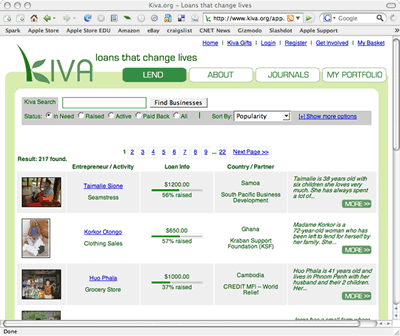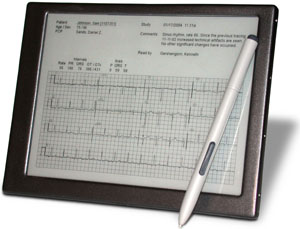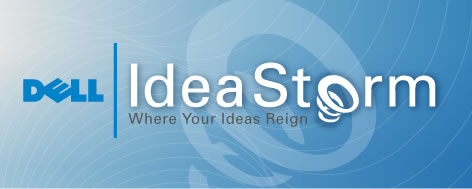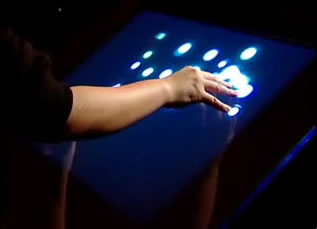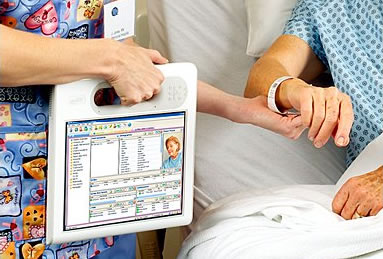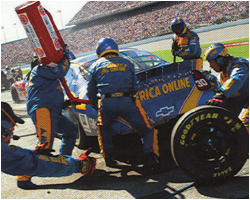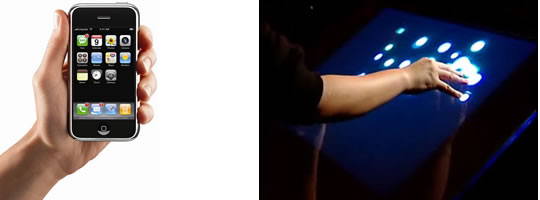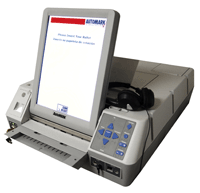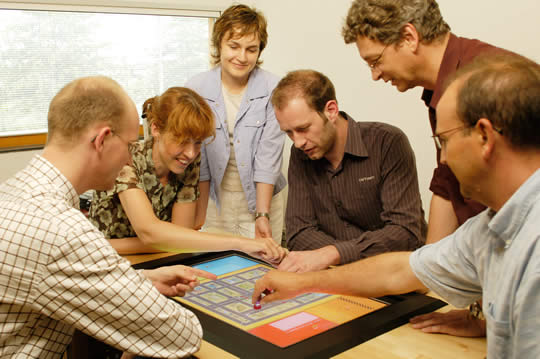“I am so done with keyboards, I think they’re dumb.”
I made the claim above during a recent conversation with a friend about the possibility of a future Apple tablet computer. That was a bit of an overstatement. But what I really mean, is the way keyboards are used today is dumb and needs to change. For instance, when I type on my iPhone I don’t always need to type the whole word, it does a decent job of auto-completing. Also, I can mash the letter’s wildly and it will figure out what I meant to type with amazing accuracy. So why is it that with a full-blown computer, and a huge keyboard I have to type E-V-E-R-Y single letter of every word with almost no forgiveness for typos? It just makes no sense. Three ways that text entry can smarten up are text expansion, typo correction and auto completion. And these methods could also be applied to non-keyboard text input methods, like handwriting recognition.
